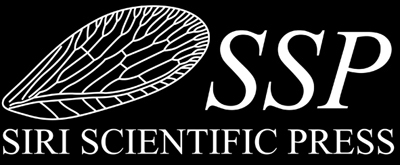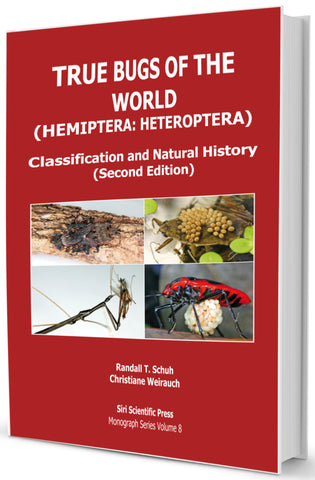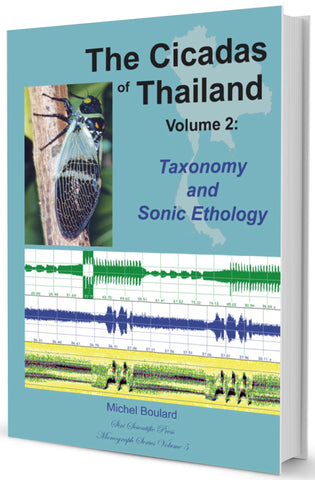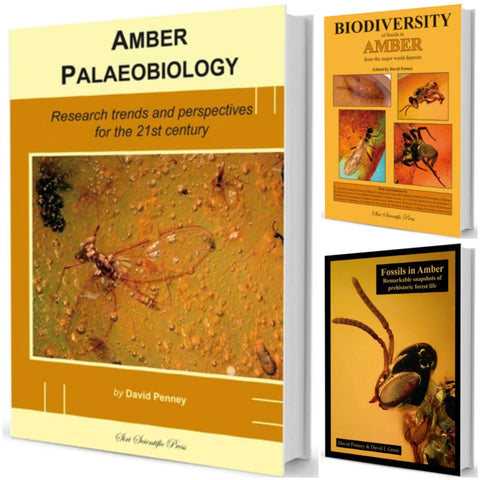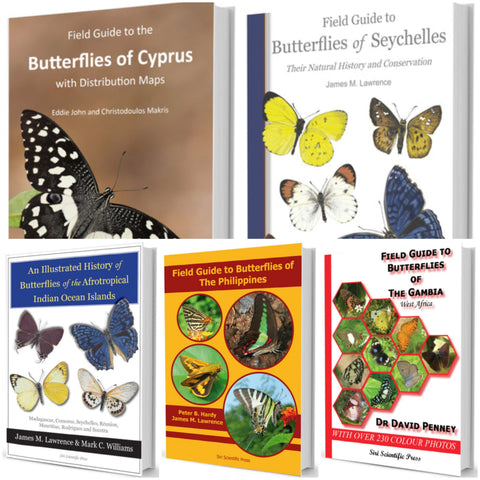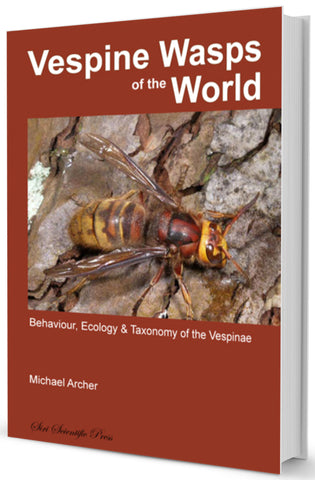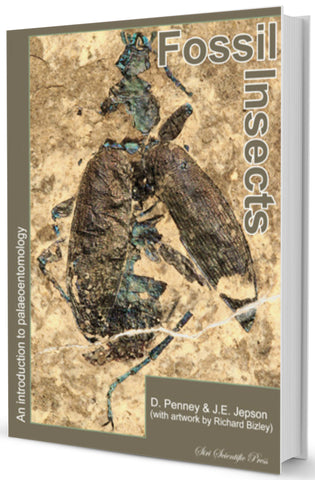
Fossil Insects: An Introduction to Palaeoentomology
by David Penney and James E. Jepson (with artwork by Richard Bizley)
Siri Scientific Press (2014) 978-0-9574530-6-7 RRP £24.99
224 pp, 240 x 165 mm, soft cover, 240 colour photographs
IN STOCK - Ships Within 24 Hours
Reviews
Priscum - Newsletter of the Paleontological Society (2016, summary paragraph). In summary, Fossil Insects: An Introduction to Paleoentomology is illustrated with 240 high-quality figures; most of them color photographs and found only published in this book. Overall this book is a great addition for everyone with an interest in entomology/paleoentomology. For amateurs, it gives a nice introduction to the fossil record of insects. For professionals, it offers fantastic images of fossil insects from the most important deposits known to date, as well as a quick reference to the most important insect groups and their basic identification, including an extensive reference list.
Entomologist's Monthly Magazine (2016, abridged). Without a doubt the book is great value for money. The breadth of its content is extensive and impressive. The high quality photographs are appropriately coupled with the text. For those who already have an interest and a basic grasp of the language and terminology used in palaeontology and entomology, this book is a fantastic opportunity to delve deeper into the topic. With the extensive referencing and advice on how to become a palaeoentomologist, it is doing wonders at filling a noticeable gap in the market. The authors have made a significant contribution to furthering the popularity of palaeoentomology.
PalAss Newsl. (2015, abridged). This is a very nice general and accessible book. It has high-quality colour images (240 figures, mostly photographs), many of which have not appeared in print before. The study of such a diverse group, over 400 million years of its history, from around the world, is a huge topic to cover in a general book and the authors have done an excellent job of covering so many aspects as well as being up to date. This book will be of use to anyone interested in fossil insects, and will be equally useful to the palaeontology lecturer or amateur fossil collector, as well as entomologists.
Antenna, Bulletin of the Royal Entomological Society (2015, abridged). It is pitched at the interested general reader, but covers enough ground that it is worth having as a reference book for those who are more conversant with the world of entomology or palaeontology. The book is lavishly illustrated, with 240 figures, several of which are painted palaeohabitat reconstructions by Richard Bizley - making it a colourful as well as an interesting read. Overall I find Fossil Insects to be a much needed addition to the literature on fossil insects, with a price tag and length that makes it accessible -and of utility - to a wide range of readers.
Entomologist’s Gazette (2015). I only wish that this book was published in my student and amateur days because it delivers exactly what it promises on the covers – at a student price.
From the back cover
Palaeoentomology represents the interface between two huge scientific disciplines: palaeontology – the study of fossils, and entomology – the study of insects. However, fossils rarely feature extensively in books on insects, and likewise, insects rarely feature in books about fossils. Similarly, college or university palaeontology courses rarely have an entomological component and entomology courses do not usually consider the fossil record of insects in any detail. This is not due to a lack of insect fossils. The fossil record of insects is incredibly diverse in terms of taxonomic scope, age range (Devonian to Recent), mode of preservation (amber and rock) and geographical distribution (fossil insects have been recorded from all continents, including Antarctica). In this book the authors aim to help bridge the palaeontology–entomology gap by providing a broadly accessible introduction to some of the best preserved fossil insects from a wide range of deposits from around the globe, many of which are beautifully illustrated by colour photographs. Also covered are insect behaviour and ecology in the fossil record, sub-fossil insects, trace fossils and insect species longevity. Just as insects are useful as ecological indicators today, the same can be expected to be true of the past. Such applications of the insect fossil record are briefly discussed. It is hoped that this book will encourage a few future researchers to enter the fascinating realm of palaeoentomology and to this end there is a section on how to become a palaeoentomologist. However, it is aimed at a much broader audience – those with an interest in fossils and/or insects in general, who will no doubt marvel at the diversity and excellent preservation of the fossils illustrated.
Customer Reviews
We Also Recommend
